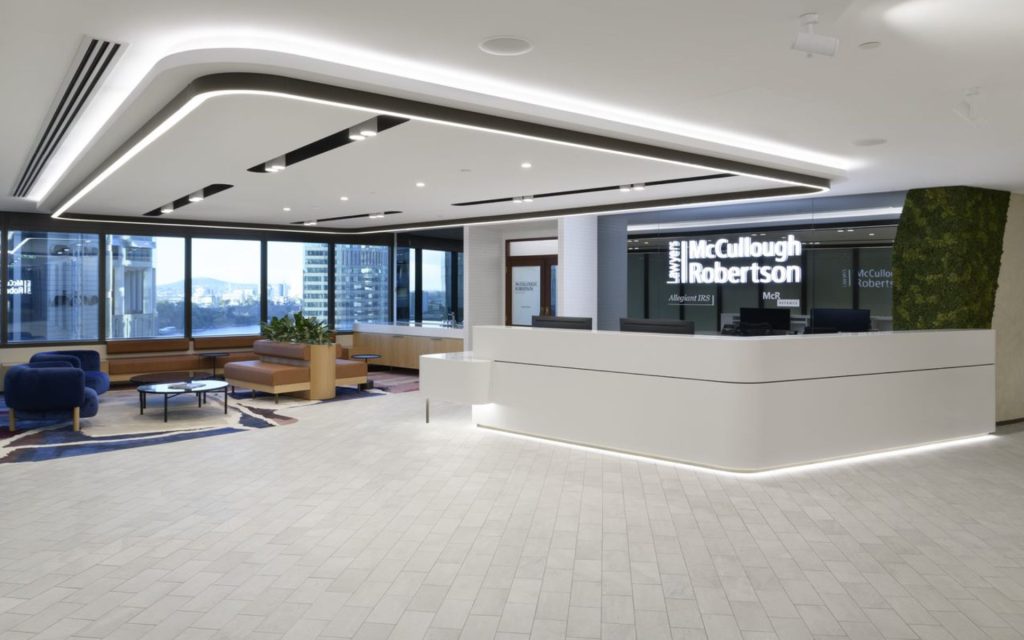Timely Reminder on the importance of ‘Design Excellence’
‘Design excellence’ is a term used in planning instruments to group the range of requirements intended to ensure the delivery of development characterised by a high standard of design. In a recent development appeal to the NSW Land and Environment Court (Court), a development application (DA) was refused on the basis that the proposal lacked ‘design excellence’, the satisfaction of which for certain development, is a jurisdictional prerequisite to the granting of development consent.
The case before the Court, Margetic v Blue Mountains City Council [2022] NSWLEC 1618, commenced following Blue Mountains City Council’s (Council) refusal of a DA seeking consent for the construction of a two-storey boarding house in the suburb of Springwood.
Refusal of Development Application
Council raised a number of contentions in relation to the development, including relevantly, that the DA did not exhibit design excellence as required by clause 6.19 of the Blue Mountains Local Environmental Plan 2015 (BLEP). Clause 6.19 of the BLEP applies to certain development involving the erection of a new building or external building alterations to an existing building on certain land mapped in the BLEP’s ‘Built Character Map’. The subject site of the proposed development is identified in Council’s Built Character Map and it followed that design excellence was a key matter in contention.
Requirements for ‘Design Excellence’
When determining whether a proposed development exhibits design excellence, the consent authority is required to consider specific matters referenced in the relevant local environmental plan[1]. In this case, the consent authority was required to have regard to matters set out at clause 6.19(4) of the BLEP summarised as follows:
- whether a high standard of architectural design, materials and detailing appropriate to the building type and location will be achieved;
- whether the form and external appearance of the development will improve the quality and amenity of the public domain;
- whether the development detrimentally impacts on view corridors or any land protected by solar access controls established in the Blue Mountains Development Control Plan (DCP);
- the requirements of the Blue Mountains DCP; and
- how the development addresses suitability of the land, existing and proposed uses, heritage issues and streetscape constraints, the relationship of the development with other development, bulk, massing or modulation, street frontage heights, environmental impacts, achievement of ecologically sustainable development, access requirements and impact on other proposed development to the public domain.
These matters for consideration are cumulative matters that must be considered together when determining whether, as a whole, a proposal exhibits design excellence.
Findings
Council’s contention focused on the requirements of the Blue Mountains DCP and the relationship of the proposed development with other developments on the subject site, as well as on neighbouring sites in terms of separation, setbacks, amenity and urban form.
Ultimately, the presiding Commissioner found that the proposed development did not exhibit design excellence and accordingly development consent was refused.
Helpfully in the Commissioner’s judgment, a number of the key elements that contributed to the Commissioner’s finding in this regard are noted.
Does the development represent a high standard of design?
The Court found that the proposed boarding house did not represent a high standard of architectural design on the basis that it failed to respond to the constraints of the site and the existing approvals, including the level of separation provided which resulted in inadequate privacy for both developments. A poorly located fenestration arrangement between the proposed boarding house and adjoining development, lack of shading, planar façade design and excessive building length were all factors that led the Commissioner to conclude the proposal was not a high-quality design.
The Commissioner reiterated previous findings in Arxidia Pty Ltd v Randwick City Council; Arthur Wong Pty Ltd v Randwick City Council [2017] NSWLEC 1463, noting that in her view there is no reason why affordable housing should not provide a high level of amenity and architectural design. It followed that the Court rejected the notion that design excellence in the context of a boarding house is set at a lower bar.
DCP 2015 requirements
The Commissioner was required to consider the requirements of the Blue Mountains DCP. Whilst the proposed development was deemed ‘broadly compliant’ with the provisions of the DCP, a number of variations to the development controls were also sought. In considering these variations which related to cut and fill, pervious area and building length, the Commissioner considered these to be ‘symptomatic of the architectural design of the proposal representing an over development of the site’.
Relationship to neighbouring development
It was considered that the design of the development failed to address its relationship with neighbouring development. Whilst the Commissioner appeared to accept evidence that the visual privacy impacts could be addressed by the application of obscure glazing, such measures were considered indicative of an architectural design that had not effectively resolved the relationship of the proposed built form to existing surrounding development.
Key takeaways
Given the above, the development was determined by way of refusal due to its failure to exhibit design excellence.
It is important that where a development is required to exhibit design excellence, steps are taken to ensure this is a key driver of the proposal from the outset. When considering design in development applications, individuals and organisations should have regard to the essential elements relating to design matters under the relevant Local Environmental Plan (LEP). As it is often a pre-condition of consent, failure to consider ‘design excellence’ may lead to a refusal of consent or dismissal on appeal.
Thanks to Eadie Melloy for her contribution to this article.
[1] Toga Penrith Developments Pty Limited v Penrith City Council [2022] NSWLEC 117 at [70].
This publication covers legal and technical issues in a general way. It is not designed to express opinions on specific cases. It is intended for information purposes only and should not be regarded as legal advice. Further advice should be obtained before taking action on any issue dealt with in this publication.



